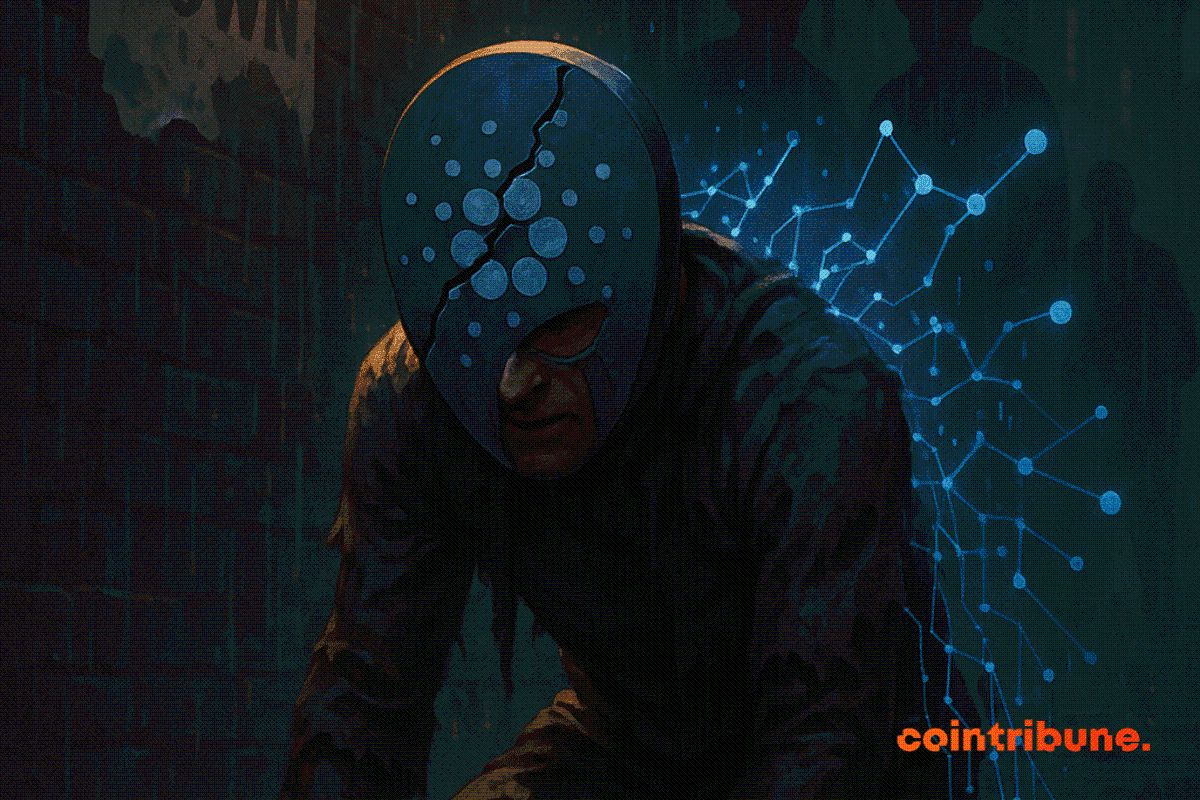Ethereum News Today: Regulation Challenges Tether's Dominance Amid Rising Competition
- Tether expands Ethereum-based USDT supply, maintaining over 60% stablecoin market share. - U.S. GENIUS Act (2025) mandates monthly reserve disclosures, challenging Tether's quarterly reporting model. - Tether exits EU market to avoid MiCA compliance, ceding ground to USDC and USDS competitors. - Regulatory pressures accelerate adoption of compliant alternatives, reshaping stablecoin market dynamics. - Tether's dominance faces long-term risks as global oversight tightens and rivals prioritize transparency.
Tether (USDT), the largest stablecoin by market capitalization, has seen significant developments in its operations and regulatory environment in recent months. On Ethereum , Tether recently minted 1 billion USDT tokens, highlighting its ongoing expansion and deepening integration within the blockchain ecosystem. USDT remains the most widely used stablecoin, with a market share exceeding 60%, and it continues to serve as a critical component of the broader crypto economy, particularly in facilitating liquidity and cross-chain transfers.
The Ethereum network has become a focal point for Tether’s growth, with USDT being frequently used for decentralized finance (DeFi) transactions, cross-border payments, and exchange trading. The Ethereum-based USDT supply has grown steadily, reflecting the token’s role in enabling seamless value transfers across different blockchain protocols. In 2024 alone, over $1.35 trillion worth of Tether was settled on-chain globally, with a substantial portion occurring on the Ethereum network. Daily trading volumes involving USDT on Ethereum-based decentralized exchanges often exceed $75 billion, reinforcing its dominance in the stablecoin space [2].
Regulatory scrutiny has intensified for Tether in 2025, particularly in the United States. The passage of the GENIUS Act in July 2025 introduced a federal regulatory framework for stablecoins, requiring full reserve backing, monthly disclosure of reserves, and mandatory audits for large issuers. Tether’s current reporting schedule, which includes quarterly disclosures, has been criticized as insufficient under the new law. This regulatory shift has prompted increased attention on Tether’s reserve composition and transparency, raising questions about its compliance with the new standards. In contrast, competitors like USD Coin (USDC) have already adopted monthly reporting practices, positioning themselves as more compliant alternatives [4].
Tether’s response to regulatory pressure has included a strategic withdrawal from the European market, where the Markets in Crypto-Assets (MiCA) regulation imposes stringent requirements on stablecoin issuers. The European Union’s MiCA framework mandates that stablecoins obtain regulatory approval and maintain reserve transparency, aligning with the global trend of increased oversight for digital assets. Tether has chosen not to pursue compliance under MiCA, while competitors like Circle have successfully navigated these requirements, further challenging Tether’s market position in Europe [4].
The regulatory landscape has also influenced the competitive dynamics within the stablecoin market. While Tether holds a commanding market share, emerging rivals such as USDC and Dai (now rebranded as USDS) are gaining traction, especially in markets where regulatory compliance is a priority. The Motley Fool has identified these three stablecoins as potential disruptors to Tether’s dominance, emphasizing the importance of reserve transparency and legal compliance in attracting institutional and retail investors [4].
Despite the growing competition and regulatory challenges, Tether remains the most widely adopted stablecoin across multiple blockchains. It operates on 13 different networks, offering users flexibility and interoperability in their digital transactions. USDT’s role as a stable, dollar-pegged asset continues to be central to the crypto economy, enabling users to hedge against market volatility while maintaining exposure to blockchain-based financial systems. However, the evolving regulatory environment may force Tether to adapt its operations to meet the expectations of global regulators and institutional investors [2].
The future of Tether and other stablecoins will likely be shaped by the balance between innovation and regulation. As governments and financial institutions continue to develop frameworks for digital assets, stablecoins like USDT will need to navigate these changes while maintaining their core utility. The GENIUS Act represents a significant step toward formalizing stablecoin regulation in the United States, and its impact on Tether’s market position will depend on the company’s ability to align with these new standards. For now, Tether’s dominance in the stablecoin market appears secure, but the long-term trajectory will hinge on how well it can adapt to the regulatory and competitive pressures on the horizon [4].
Source:
Disclaimer: The content of this article solely reflects the author's opinion and does not represent the platform in any capacity. This article is not intended to serve as a reference for making investment decisions.
You may also like
Terra Luna Classic Shakes the Crypto Market with Surprising Developments
In Brief LUNC experienced a significant price decline following Do Kwon's sentencing. The court cited over $40 billion losses as a reason for Do Kwon's penalty. Analysts suggest short-term pressure on LUNC may persist, despite long-term community support.

NYDIG: Tokenized Assets Offer Modest Crypto Gains as Growth Depends on Access and Regulation

Cardano Investors Split As Market Fatigue Sets In
